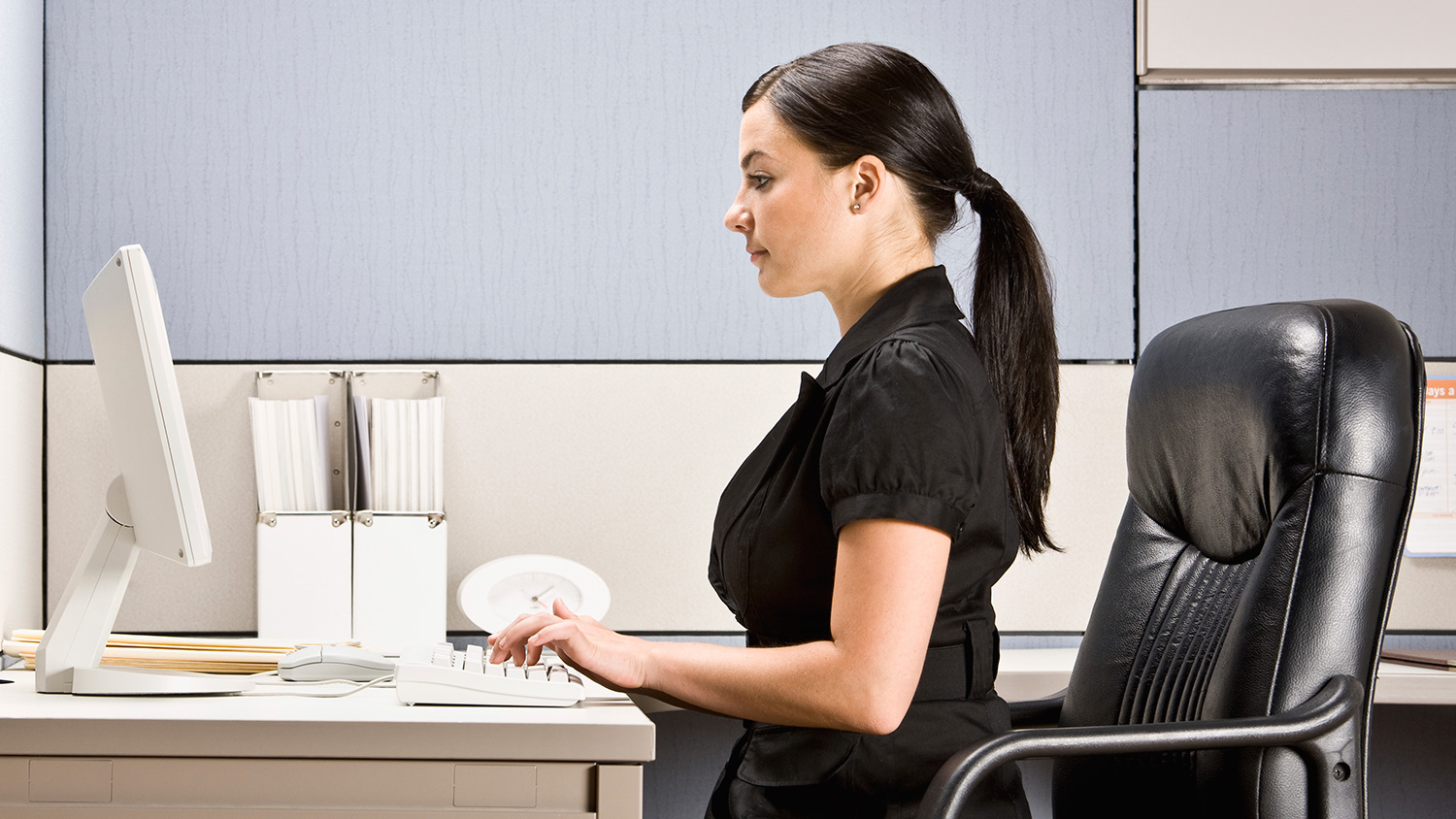
HSE releases new home worker health and safety guidance
Employers have the same health and safety responsibilities for those working at home as any other worker. The HSE has released updated home working guidance for those who employ home workers, including those who split their time between their workplace and home (sometimes called hybrid working). The guidance has been redesigned and expanded to provide more detail on straightforward actions to manage home workers’ health and safety.
The risks of working with display screen equipment (DSE) at home are highlighted. Employers should ensure:
- Home workers can achieve a comfortable, sustainable posture while working with DSE; and
- Any equipment provided is safe and suitable for use.
Employees can set up their own workstation by using a self-assessment checklist, such as the one below:
- Get comfortable at your workstation – ensure everything is adjusted to suit your body.
- Position items to avoid stretching or straining.
- Think about your posture and positioning when using handheld devices.
- Avoid prolonged repetitive movements where possible.
- Make use of ergonomic support items such as glare screens, footrests and wrist rests to minimise discomfort.
- Ensure you are not exposed to screen glare.
- Take regular breaks from screens.
- Use docking stations for handheld or portable devices.
- Consider the time spent on total DSE use in a day (including personal use).
- Ensure you have regular eyesight tests.
- Use any glasses / lenses as prescribed by your optician for DSE use.
Home workers may not necessarily need office-type furniture or equipment at home to achieve a good posture. Equally, a worker’s own furniture or equipment may not be suitable or sufficient.
Guidance on stress and poor mental health is also provided. There are practical things employers can do to help manage the risks of stress and mental health problems for home workers:
- Talk openly with them about the possibility of them becoming stressed or mentally unwell.
- Involve them in completing stress risk assessments so they can help identify potential problems and solutions.
- Keep them updated on what is happening so they feel involved and reassured.
- Have regular keep-in-touch meetings or calls so they can share any concerns.
- Make home workers aware of any occupational support available to them.
- Take account the needs of the individual – if someone is a home worker for medical reasons you may need to meet their needs differently.
There is also advice for home workers themselves, which includes advice on stress, mental health and the working environment. The HSE advises that there are some things you can do to help prevent stress and look after your mental health when working from home:
- Stay in regular contact with your manager and colleagues.
- Talk to your manager about workloads and be open about how you’re feeling.
- Take regular breaks during the day and use your annual leave.
- Set and stick to a routine – don’t revisit your computer outside your regular hours.
- Check your employer’s ‘working from home’ policies and how to get help if you need it.





